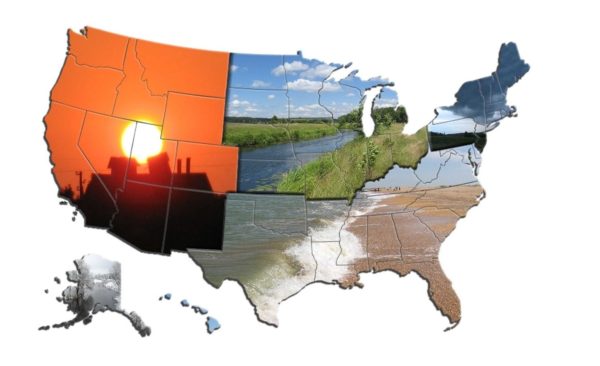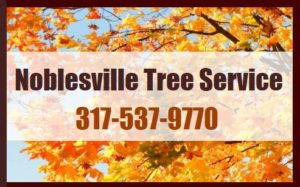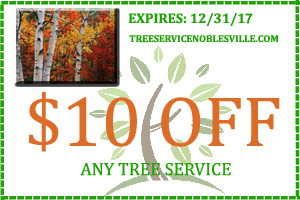If you are looking for new trees and plants to add to your landscaping, it is important to understand your city’s hardiness zone in order to choose the right additions. Hardiness zones are important to tree and shrubbery survival; after all, you wouldn’t do well to plant a palm tree in your front yard here in Indiana.
Continue reading to learn more about hardiness zones, including who creates them and which one you live in.

Noblesville Tree Service 317-537-9770
The USDA Plant Hardiness Zone Map
The hardiness zone for your city and state can be found on the 2012 USDA Plant Hardiness Zone Map, which is the standard used by gardeners for planting perennials, shrubs, and trees. The map tells you which plants and trees are more likely to grow and survive in each region of the country. It is divided into 10 degree Fahrenheit zones, all of which are founded on the average annual minimum winter temperature.
View the USDA Plant Hardiness Zone Map
The map includes all of the United States of America and Canada. The U.S. covers nine hardiness zones, 2 through 10. Zone 2 is in the negative 50 to 40 degrees Fahrenheit range, while zone 10 fits into the 30 to 40 degrees Fahrenheit range. It is important to trust and adhere to the hardiness zones in order to have the best results with your gardens and trees. These zones are just as influential to plant growth and longevity as factors like soil conditions, moisture levels, water, winds, inclement weather, precipitation, and more.
Hardiness Zone for Indiana is 5b, 6a, and 6b
If you are looking for new trees to plant on your property, it is important to choose species that are compatible in your hardiness zone. Here in Indiana, we fall within more than one zone, so be sure you know exactly where you live. If you choose a tree that is not well-suited for your hardiness zone, you can expect it to have problems with growth and sustainability.
Routine tree care, like tree trimming, pruning, fertilization, mulching, watering, and pest integration, are important to the overall health of your landscape. Be sure to inspect your trees and gardens regularly to ensure they are acclimating well to their surroundings. Also, incorporate professional Noblesville tree service at least once per year to confirm that your landscaping trees are save and thriving.
Noblesville Tree Service

Noblesville Tree Service 317-537-9770


